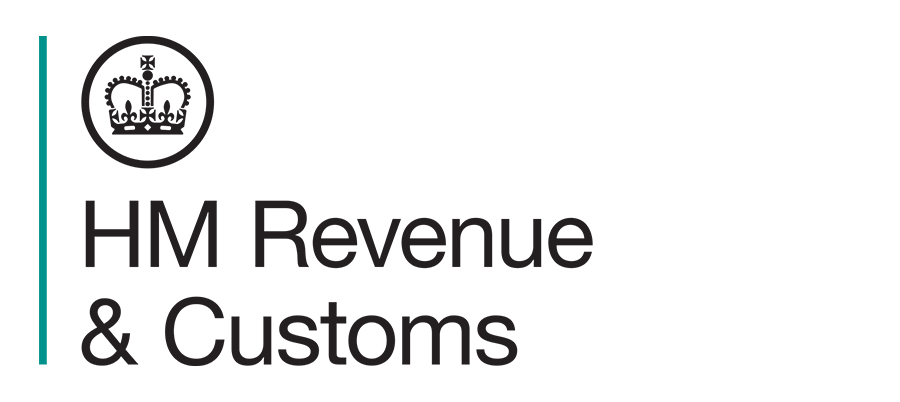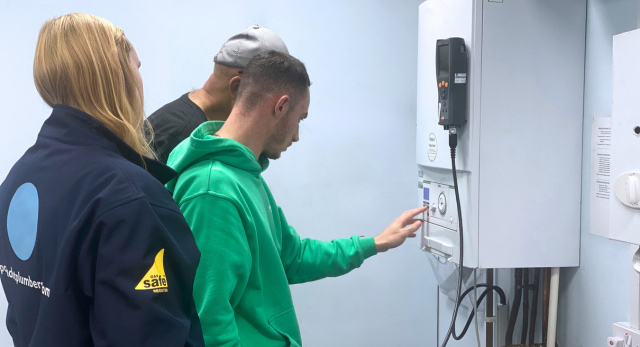From the 1st March 2021, the Government is introducing a new VAT reverse charge system that will impact many people working in the UK’s construction industry.
This also includes plumbers, gas installers and electricians working as sub-contractors.
The scheme is being introduced to combat fraud. It is effectively an extension of the Construction Industry Scheme (CIS).
Who does the VAT reverse charge for construction services apply to?
The scheme is wide-ranging.
It includes those involved in constructing, altering, repairing, extending, demolishing or dismantling buildings or structures. It also includes those installing heating, lighting, air-conditioning, ventilation, power supply, drainage, sanitation, water supply or fire protection systems.
Affecting all sub-contractors registered for VAT in the UK who work for other contractors (mostly those covered by the CIS payment rules), the new reverse charge rules do not apply when invoicing direct to domestic customers or other end users.
What are the rules?
From 1st March, the sub-contractor will no longer charge either standard (20%) or reduced (5%) VAT on their invoice to the contractor. They will simply charge the net value of the work they have carried out.
Payment of VAT then becomes the responsibility of the main contractor, who will be required to enter the VAT identified on their sub-contractor invoices on their own VAT return.
This is to ensure VAT is correctly accounted for on work undertaken by sub-contractors, to avoid fraudulent businesses not paying what they owe to HMRC.
What should I do to prepare for VAT reverse charge?
If you think you fall within the scheme’s remit you will need to:
- make sure your accounting systems and software can deal with the reverse charge
- consider whether the change will impact your cash flow
- make sure all your staff who are responsible for VAT accounting are familiar with the reverse charge and how it works.
Where can I find out more about the VAT reverse charge scheme?
The Government’s website has lots of useful information and explains the scheme in greater detail. To find out more please click here









